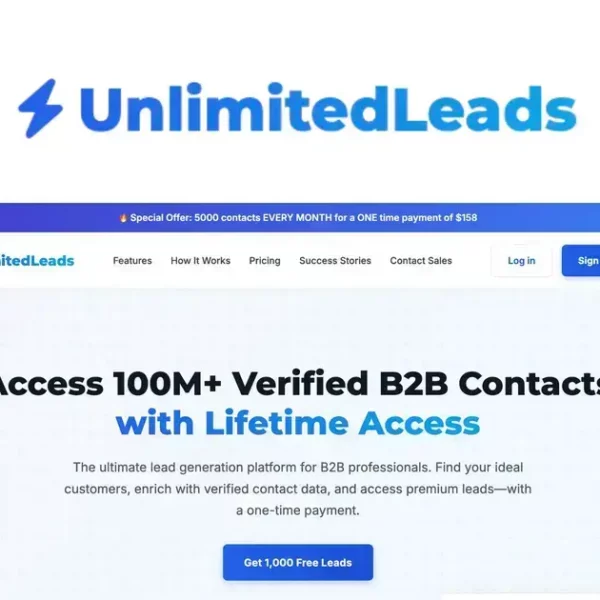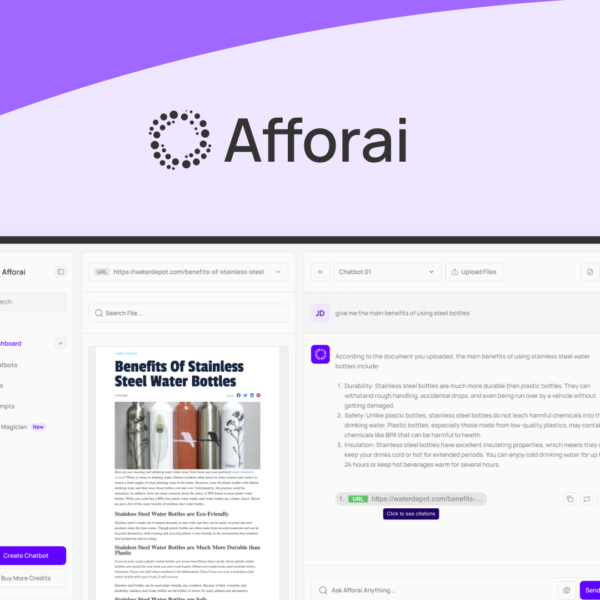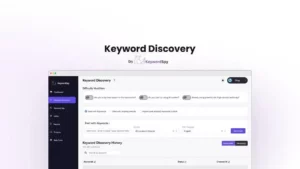Are you confused about how to choose the best SaaS lifetime deals? You’re not alone! With so many options, it’s essential to know what to look for to ensure you’re making a smart investment.
Do Your Homework on the Developer and the Company
Before you buy any SaaS lifetime deal, do your homework on the developer and the company. It’s crucial to know who you’re working with. Start by checking their website. Look for a clear description of their mission and values. Make sure they provide easy access to customer support.
Check Their Reputation
Search for reviews and testimonials from other users. Check forums, and social media, or use sites like G2 or Capterra. Real user feedback can tell you a lot about the company’s reliability and service quality.
Look for Transparency
A good company will be transparent about its features, pricing, and updates. They should provide clear terms of service. If the terms are vague or hard to find, that could be a red flag.
Understand Their Background
Find out how long the company has been in business. Newer companies can offer exciting innovations, but established firms might provide more stability. Be cautious if a company has changed its name or ownership often.
Explore Their Customer Support
Good customer support is vital for SaaS products. Check if they offer support via chat, email, or phone. Also, see if they have an FAQ section and how responsive they are to inquiries. Quick and helpful responses can save you a lot of trouble later on.
Check Recent Features Rolled Out

When looking at a SaaS lifetime deal, it’s important to check recent features rolled out by the company. New features can enhance the product and improve your experience. Companies do regular updates, so see what they’ve added lately.
Why Features Matter
Features reflect how a product evolves. They can make your work easier and more efficient. If a tool hasn’t added features in a long time, it might not be staying up-to-date with industry standards.
How to Find Recent Updates
Visit their official website or blog. Many companies list recent changes there. You can also check their social media pages for announcements. It’s a great way to understand what they value.
Read User Feedback
User reviews often mention new features. See what other customers think about them. Did the updates improve usability? Are people happy? This feedback is helpful.
Compare with Competitors
Look at similar products from other companies. Compare their features to see how they stack up. If a competitor offers more or better tools, it might be worth considering.
Look at Their Roadmap
Checking the roadmap of a SaaS company is crucial. It shows what features and updates are planned for the future. Knowing this can help you decide if a product is worth your investment.
Why a Roadmap is Important
A roadmap provides insight into the company’s vision. It tells you how they plan to grow and improve the product. If their goals align with your needs, it’s a good sign.
Where to Find the Roadmap
Most companies publish their roadmap on their website. Look for a section labeled “Roadmap” or “Future Plans.” Some might share updates in blogs or newsletters.
Understanding the Timeline
Pay attention to the timeline provided. Are they planning to release features soon, or is it set for far off? A realistic timeline gives you peace of mind about their progress.
Feedback Opportunities
Many companies value user feedback about their roadmaps. Check if they have a system for users to suggest features. This shows they care about customer input and are willing to adapt.
Chat with Their Support

Chatting with a company’s support team can reveal a lot about their service. Good support is key when using any SaaS product. It helps ensure you have assistance when things go wrong.
Initiate a Conversation
Visit their website and look for the chat option. Most companies have a chat feature available during their business hours. Start a conversation to see how quickly they respond.
Ask Relevant Questions
Prepare some questions before you chat. Ask about features, pricing, and any recent updates. This will give you insight into their knowledge and willingness to help.
Evaluate Response Time
Pay attention to how fast they reply. Fast responses usually mean they care about their customers. If you wait a long time, it might be a red flag.
Check for Helpfulness
Notice how helpful their answers are. Good support will offer clear, friendly advice. If their answers seem vague or unhelpful, consider that.
Follow-Up Support
Ask if they have follow-up procedures. It’s a good sign if they check back with you after resolving an issue. This shows they value your satisfaction.
Decide on Current or Upcoming Needs
Deciding between current or upcoming needs is key when choosing a SaaS product. You want a tool that fits your present situation but also scales with your future plans.
Assess Your Current Needs
Start by listing what you need right now. Think about the specific tasks you want to accomplish. Which features will help you achieve your current goals?
Consider Future Growth
Next, look ahead. How do you expect your business to grow? Will you need additional features or capabilities in the next few months? Plan for changes to avoid extra costs later.
Balance Immediate and Long-Term Solutions
A good SaaS product should balance what you need now and what you’ll need later. Avoid options that only address current issues but overlook future growth.
Check Flexibility Options
Look for products that allow upgrades or additional features without too much hassle. This flexibility can save you time and money in the long run.
Gather Input from Your Team
Involve your team in the discussion. They can provide valuable insights into what tools would help them now and in the future. Team feedback will lead to better decisions.




